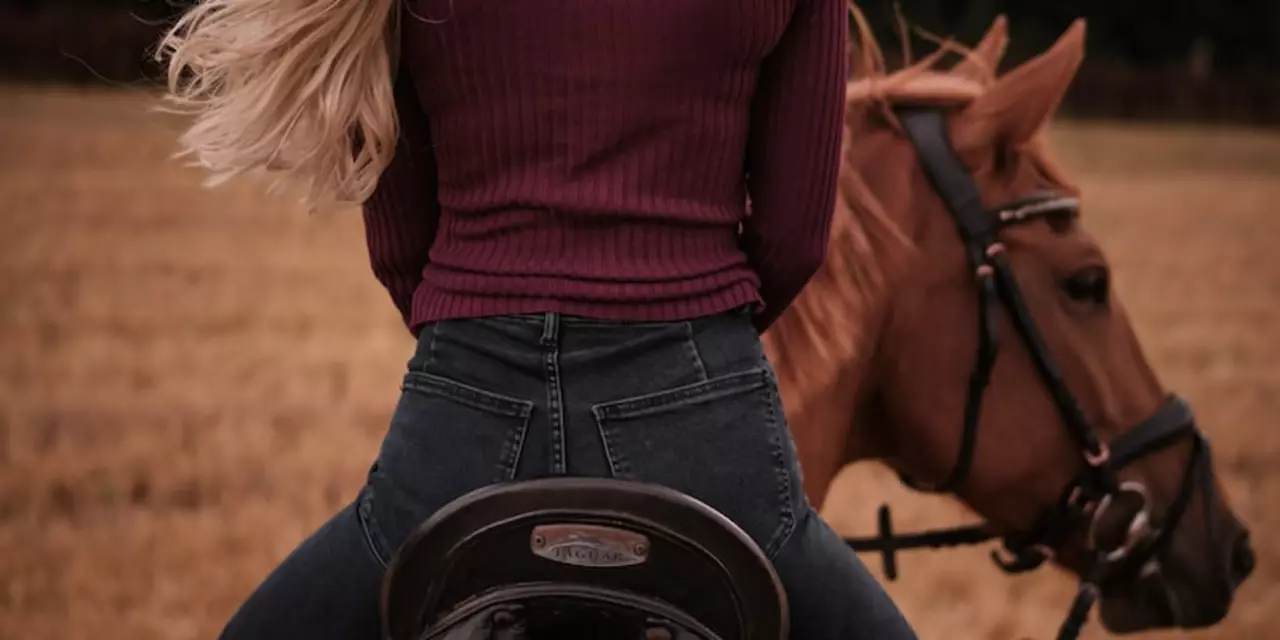Exercise and Horse Riding: How Riding Keeps You Fit
Ever wonder why riders talk about the workout they get in the saddle? Riding isn’t just a hobby – it’s a solid full‑body exercise that builds strength, balance and stamina. Whether you’re a beginner or a seasoned competitor, the motions you make while riding fire up muscles you might not use in the gym.
Getting on a horse already puts you on a moving platform that demands constant micro‑adjustments. Those tiny shifts in posture translate into a real calorie burn, and the mental focus required means you stay engaged the whole time.
Why Riding Is a Full‑Body Workout
The core is the star of the show. Keeping your back straight and hips aligned while the horse moves forces your abdominal muscles to engage constantly. That stabilising action tones the waist and improves posture on and off the horse.
Your legs do more than just hold the stirrups. The inner thighs, calves and glutes work together to cue the horse, maintain balance and absorb bumps. Over time you’ll notice stronger leg muscles and better overall endurance.
Upper body work comes from gripping the reins, maintaining a steady hand, and using the shoulders to guide the animal. Even light arm movement helps develop forearm strength and coordination.
Cardiovascular benefits vary with riding style. A relaxed trail ride may feel like a brisk walk, while a jumping session or a fast gallop can push your heart rate into moderate‑intensity zones, similar to a light jog.
Simple Tips to Boost Your Riding Fitness
1. Warm up on the ground. Stretch your hamstrings, hip flexors and back before you mount. A few dynamic moves—leg swings, torso twists—prepare your body for the ride.
2. Focus on posture. Sit tall, pull your shoulders back and engage your core. Good posture not only protects your spine but also makes the ride smoother, so you use less energy.
3. Use your legs actively. When you cue the horse, give a clear, steady pressure with your knees. This activates the inner thigh muscles more effectively than a light, passive hold.
4. Vary your pace. Mix walking, trotting and a short canter in a single session. The changes keep your heart rate fluctuating, which improves cardiovascular fitness.
5. Add strength drills. Off‑horse exercises like squats, lunges and planks directly translate to better riding balance. Even a short 10‑minute routine a few times a week makes a big difference.
6. Stay hydrated and listen to your body. Riding can be deceptively demanding, so drink water and take breaks if you feel fatigued.
By treating each ride as a workout, you turn hobby time into a health boost. You’ll notice stronger muscles, better balance and more energy in daily life. And the best part? You get to spend it with a horse, which makes the exercise feel less like a chore and more like a fun adventure.
So next time you head to the stable, remember the fitness angle. Warm up, stay mindful of posture, and mix up your riding patterns. Your body will thank you, and the horse will love the confidence you bring to the saddle.




